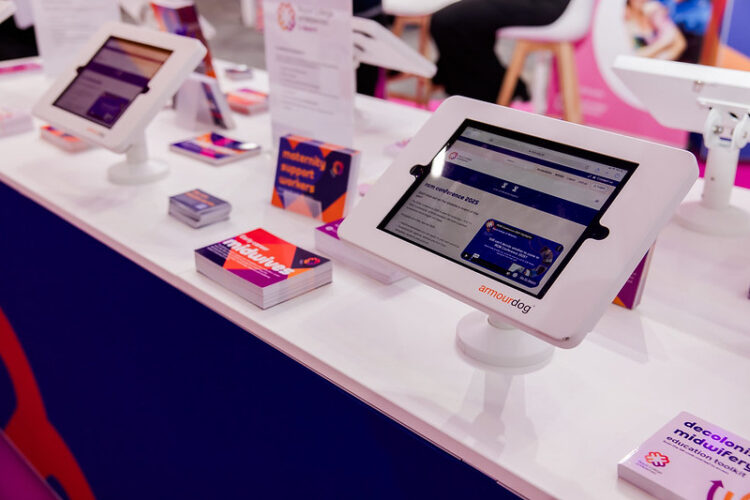Creating Educational Resources for Student Midwives: Learning from the RCM Model

This is the fifth blog in a series written by the Royal College of Midwives (RCM) on the importance of midwifery associations engaging student midwives. This time, we explore how associations can support learning and development by providing educational resources tailored to student needs.
Midwifery is a constantly evolving profession that requires continuous learning. For student midwives, access to high-quality educational materials is essential in building knowledge, confidence, and clinical skills. The RCM in the UK has successfully developed student-focused tools such as e-learning modules, webinars, and events—initiatives that have enhanced both learning and engagement.
How the RCM Has Engaged Students Through Education
Several initiatives have supported student learning and development:
- iLearn e-learning platform: A digital platform offering interactive modules on key midwifery topics and clinical skills, including perineal examination and repair, and examination of the newborn. Recent additions include an Essential Guide for Students and modules on Down syndrome and newborn care.
- Student Midwife Forum Webinars: As discussed in blog 3, these live sessions connect students with peers and experts to share best practices, discuss critical issues, and support professional growth.
- Educational guidance and toolkits: The RCM offers practice guidance, case studies, and toolkits on topics such as decolonising midwifery education and supporting neurodivergent learners.
- Student conferences and events: Dedicated learning and networking opportunities that allow student midwives to engage with the wider profession.
How Midwifery Associations Can Develop Student Resources
- Create a central hub for learning: Consider a dedicated education area on your website or a custom learning platform. This can host reading materials, interactive modules, and self-paced courses.
- Host live and on-demand webinars: Webinars allow for real-time interaction and knowledge-sharing. Recordings can be archived for ongoing access.
- Provide clinical case studies: Real-world scenarios help students apply theory in practice, developing critical thinking and preparing for placements.
- Encourage peer-led learning: Online forums, study groups, or student-led sessions support collaboration. Associations can offer guidance to help structure these spaces.
- Collaborate with training institutions: Partnering with universities ensures that content aligns with curriculum needs and complements academic learning.
- Offer recognition or certification: CPD credits or certificates of completion can motivate students and prepare them for the expectations of continued professional development post-qualification.
- Ensure accessibility and inclusivity: Use varied content formats (e.g. video with captions, audio, text) and design with different learning needs in mind to ensure all students can benefit.
The RCM’s iLearn platform and Student Midwife Forum webinars offer a model that other associations can adapt to support student midwives in their academic and clinical journey. By offering structured, inclusive, and student-driven learning resources, associations can empower students to transition into confident, capable practitioners.
Educational resources should reflect the diverse needs of student midwives. Involving students in their development, offering flexible formats, and fostering ongoing engagement are key. At the RCM, students sit on advisory groups where learning tools are designed—ensuring they remain relevant and impactful.
Midwifery associations play a vital role in shaping how students learn and grow. By prioritising education, they can help prepare the next generation of midwives to provide high-quality, person-centred care.
The next blog in this series will explore how midwifery associations can engage student midwives using social media.